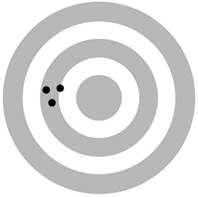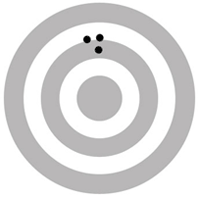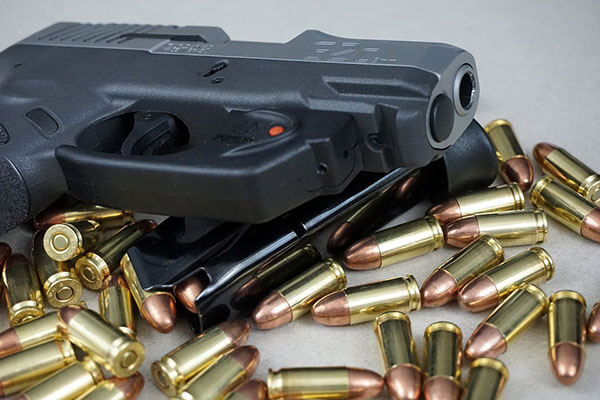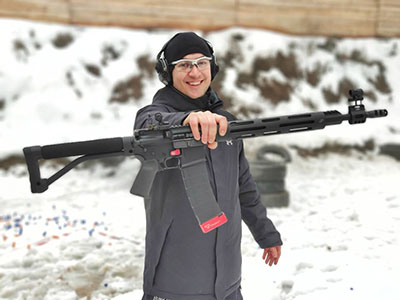Zeroing Your Weapon: Shotgun, Rifle or Handgun
This is updated post about zeroing of the firearms.
You finally have the rifle out of the box and are anxious to shoot it. You cannot wait until you get to the range. Once there you set up the target, the silhouette at 25 meters looks close enough where you could throw a stone and hit it. You fire a round, scope it, and see that it missed the black. You try again and same placement. You move the weapon and find your shots are even farther from the black almost off the target completely. You blame the weapon and yourself. However, you may not realize that you have to adjust the weapon to you. The weapon may or may not have come from the factory with a mechanical zero or what some may call a battle sight zero. You have some adjustments to make.
First, you have start from scratch. Make sure your target is scaled to size, and has grid squares so you check elevation and windage, in other words the target should allow you to adjust sights so your weapon is zeroed out to say 300 meters or for whatever range you want.
Three hundred meters should be an adequate range unless you plan on competition shooting. 50 meters for shotgun.
Windage is horizontal adjustment of your sight.
Eleveation is vertical adjustment of your sight.
Mechanical zero your sights. Start with the windage adjustment; you may have a dial on the rear sights that goes left to right to make adjustments. Some weapons will have a small stop that has to be depressed with a small nail or punch to move the dial; this keeps the adjustment from moving. Move all the way to the left or right and once there count the clicks as you move the dial all the way to the other side. Once there move the dial in the other direction and stop at the halfway mark. The halfway mark is one-half of the total number of clicks. Do the front sights the same way for elevation except you are moving up and down. If your rifle has a scope you will have to zero it to the weapon, but it is always prudent to have your adjustable sights zeroed.
Once you have a mechanical zero you can then make and record your adjustments because now you have a baseline. Make sure you record the clicks so you can always take the sights back to zero. Typically, you would fire three rounds and note their positions. Make sure you have the weapon stable so you can be sure your shots are not affected by movement, if you believe you jerked the trigger, fire an additional three rounds to find consistency. Once you see where the rounds are being placed you can begin adjusting the sights to you.
Left two clicks (squares) off the center on the target will mean your windage needs a two-click adjustment to bring it to center. Record the number of clicks. Up one click off the center means, you are shooting high at mechanical zero, so one click drop to lower elevation. The type of sights will vary from weapon to weapon and from rifle to pistol. However, if they are adjustable and not fixed you can make windage and elevation adjustments. Sometimes it may require a small punch and wooden mallet to move some while others will have a dial. The harder they are to adjust means they are harder to knock out of alignment.
Related Post:








